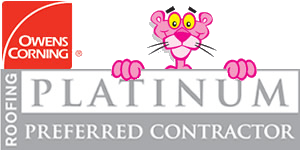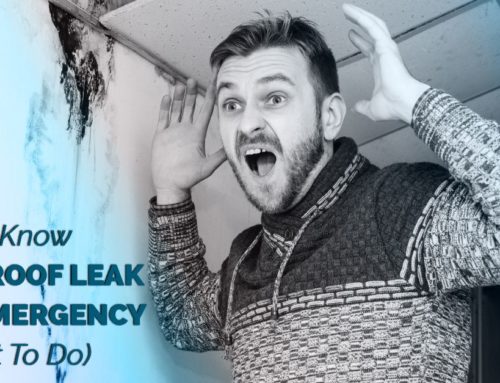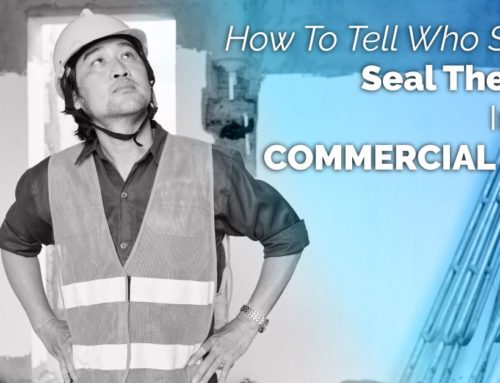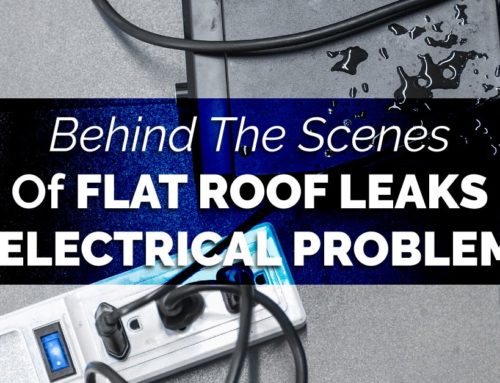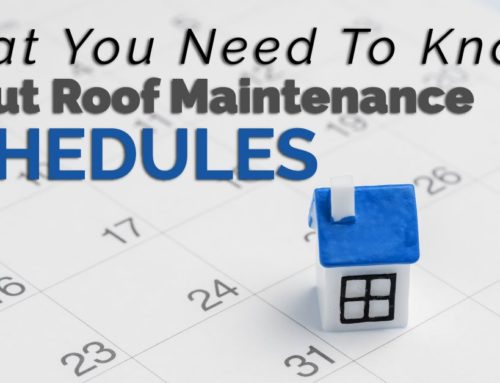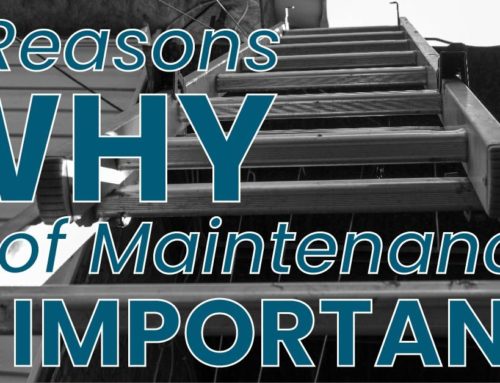Commercial roofs must be cost-effective above all else. Whether you own commercial property or you run a property management company and one of the properties you oversee is due for a new roof, a cost-benefit analysis is a top tool for deciding which type of roofing system is the best choice. What makes deciding cost-effectiveness so challenging is the choice you face between long-term and short-term benefits. These are three main types of single-ply roofing systems; each one has different costs and benefits you’ll need to weigh in your choice.
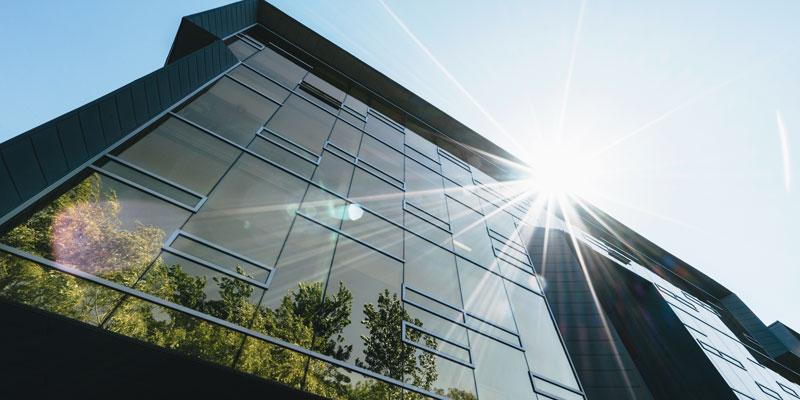
EPDM roofs
These are also known as rubber roofs, and they come with a much lower price tag than other popular commercial roofing types. EPDM roofs are also black or dark-colored, which absorbs heat and can cost the property owner more in energy bills. Additionally, any seams along the rooftop will be relatively weak, and this makes your roof more susceptible to water damage.
PVC roofs
PVC is a popular commercial roof type because of its strength and durability. They are highly water-resistant due to having heat-welded seams that won’t let rain seep through. These roofs are also white, so you’ll have a lower energy bill than with EPDM, but the initial cost of installation is higher.
Thermoplastic olefin (TPO) roofs
TPO roofs have become more and more popular over the past 25 years and are highly regarded as a mix of the other two roofing types. It’s a rubber roof, which makes it less expensive to install, but it also has heat-welded seams to prevent water damage. They are also white and help the property owner save on energy costs.
Each roof type has its own advantages for its cost. Depending on your budget, environment, and short- or long-term concerns, one roof type may work best on one property while another works well elsewhere. No matter what commercial building you have, contact us for a consultation and to learn about our various options. We will work with you, so you can make the best choice for your roof and building.
